Sega MegaTech arcade pcb repair
The MegaTech is a pretty rare system, I’m not sure it was even released in the USA. The hardware is based on the Genesis/Megadrive and there are 8 cartridge slots on the board. An extra monitor in the cabinet lets the user select between the available games. Around 60 different cartridges were released which let the operator easily switch games inside the cabinet.
This board though – was absolutely dead – black screen. The ‘master’ of this board is actually the Z80 CPU that controls the menu and 2nd monitor – the ‘slave’ is the 68000/Z80 combo from the Genesis system. This BIOS Z80 sits on a little sub-board with a parallel port, but that seems to only be used for coin statistics data, so the Z80 can be plugged directly into the main board to eliminate any problems with the sub-board.
Nothing was obviously wrong with the CPU or the board though – so I used my home-made Arduino in-circuit probe to replace the Z80. With this I could test the memory and quickly found the 6264 RAM chip was flaky – it mostly worked but would sometimes return random values. When replaced the memory test was perfect but the game was absolutely still stuck on a black screen.
I moved onto to test the Sony CXD1095 chips – these are just off the shelf port extenders and the BIOS Z80 can access two of them, to handle inputs and drive some outputs. The inputs all tested good – I could ground out various inputs, and see the result on the Arduino tester. I could also see the port that detects cartridge insertion working as the value changed as I removed and installed carts. At least one of the outputs seemed bad at IC24 though – it was attached to a pull-up resistor but the chip was unable to drive it low. I swapped this chip out with one from a Thunderblade and some progress at last – the BIOS Z80 booted and gave some video output.
However, it refused to detect any games – from examining the MAME source I knew the BIOS Z80 is able to read data from the cartridges – and it uses that data to populate the menu. The Arduino tester showed the CPU was just reading 0xff for every byte in the cartridge region. This traced back to the Sega custom 513-5309. This chip is somewhat documented as it’s used on the Megadrive/Genesis as a bridge between the 68000 and the Z80. A logic probe showed the chip wasn’t dead, so I examined more with a scope – with 1 probe on an input line and 1 probe on the output line I could see the ROM reads were working on the 68000 side of the bus, but absolutely nothing made it through to the BIOS Z80 side.
A vintage Genesis was sourced as a donor, only the early revisions contained the 513-5309 chip (must say ‘High Definition’ on the front and have a ‘long’ FCC ID number) – the chip was swapped and the rare MegaTech was perfect again. (The early Genesis has a handful of other parts useful for System 18 repairs also).
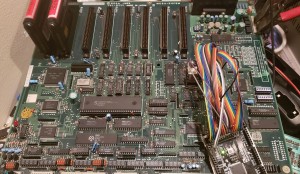








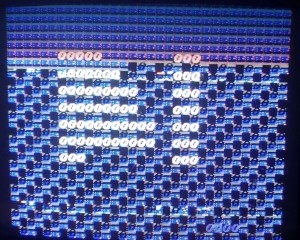
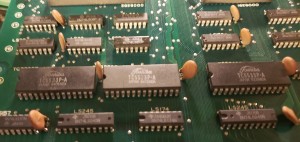
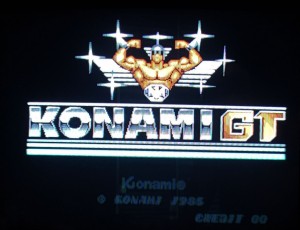

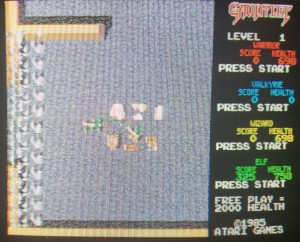




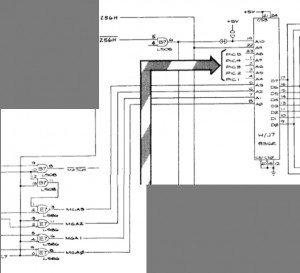
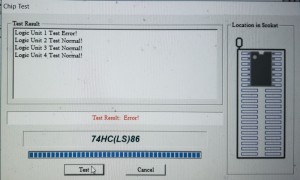

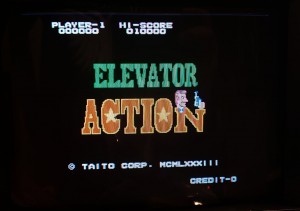





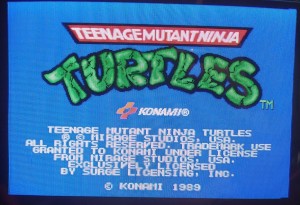


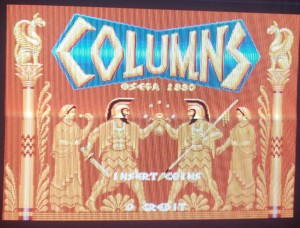
Recent Comments